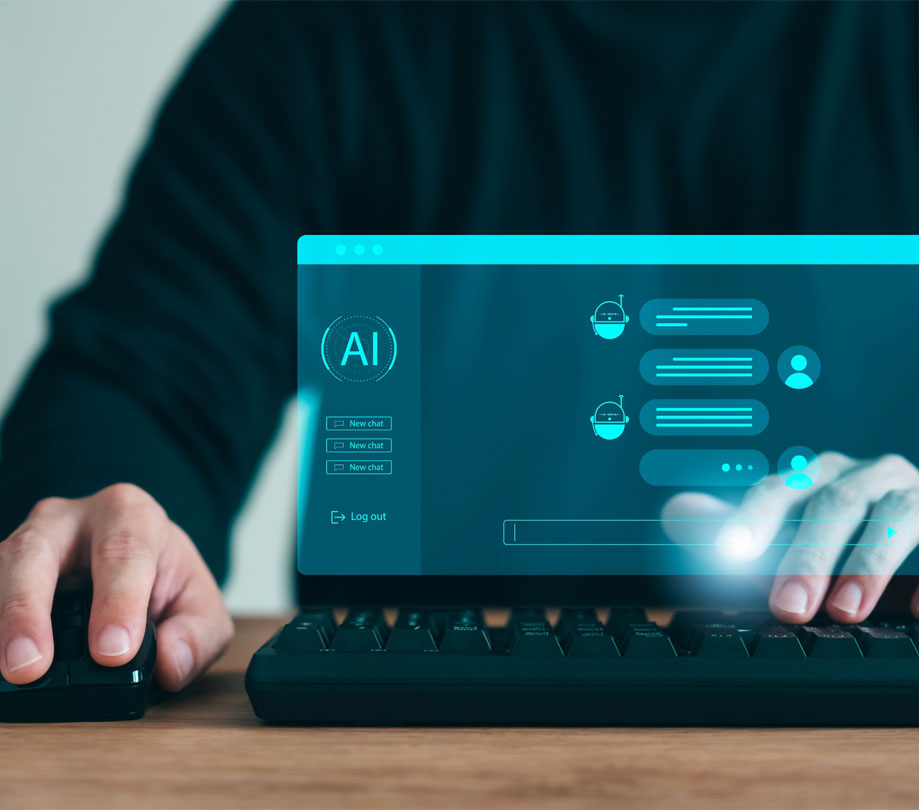Error monitoring to drive code ownership in 2021 says Bugsnag
Thursday, January 7, 2021

|
Freeman Lightner |
CEO at Bugsnag James Smith predicts that in 2021 error monitoring drives code ownership, KPIs will be key metrics for the boardroom, and application health will become a key focus.
The extreme reliance on all things digital as a result of COVID-19 makes application health a key area of focus in 2021. COVID-19 has accelerated the need for a mobile-first strategy, and enterprises are prioritizing the health of their mobile applications to meet customer expectations.
To do so, they are leveraging stability management tools that enable organizations with actionable insights about releases and make data-driven decisions about fixing bugs vs. building features.
In the coming year, more businesses will take this a step further by measuring additional metrics, such as crashes, app freezes, and memory leaks.
These variables impact the customer’s digital experience which ultimately drives an organization's top line. While organizations are realizing that a more holistic approach is required for monitoring software in the application delivery lifecycle, focusing on metrics and KPIs across releases, features, and A/B tests to improve app health will take hold in 2021. Engineering teams will begin to adopt the same 99.999%, or “five nines,” industry target for app stability that most IT infrastructure organizations adhere to in order to meet increased customer expectations.
QA is dead – long live quality!
The adoption of continuous integration/continuous delivery (CI/CD) practices has set the foundation for the emergence of modern Quality Engineering (QE). If you look at a typical schema for the software development life cycle (SDLC), it does not offer visibility into the production side. Organizations tend to fly blind once they’re in production because CI/CD tools live almost entirely on the left-hand side - the pre-production side. But the right-hand side - the production side - is where customers are using it. On that side, you need stability management tools and software health monitoring to implement testing in production.
Although gradually gaining ground, mid-sized and large organizations have yet to instrument testing in production correctly to achieve rapid iteration.
While apps are being released to customers more frequently due to growing pressure for new versions and new additional features, there is a desire to launch timely releases with minimal bugs. Implementing strategies such as A/B testing and phased rollouts (where you give your software to a subset of your customer base to see how it performs) will help mitigate risks and deliver a quality experience to customers. Stability insights from such an approach can also help inform decisions on future rollouts and help create feedback loops between pre-production and production. As such, in 2021 we will see QE budgets align with testing in production strategies and stability will serve as the data-driven layer across the entire application lifecycle.
As mobile, desktop, and browser app development increases, engineering KPIs become key metrics for the boardroom.
Engineering KPIs, such as app stability, traditionally never made their way to the C-suite. This is going to change in 2021. Today, there are more consumers and employees using B2C and B2B apps than ever before. As a result, the app experience (including mobile, desktop, and browser) has become critically important for enterprises.
Users can’t stand when the app stalls or crashes, and one bad experience can lose a customer forever. Engineering KPIs like app stability has a significant effect on customer conversion rates, average purchase values, engagement, loyalty, and other metrics, all of which impact general business outcomes. Engineering and Product executives are now realizing how significantly their apps drive revenue and shape brand reputation. In 2021, we’ll see leadership teams standardizing on engineering KPIs like app stability, which gauge the overall health of the app and the customer and digital transformation experience.
Error monitoring drives code ownership
Most major applications have a wide variety of engineers, including separate engineering teams, working from a single code base. When something goes wrong, all the engineers and engineering teams are alerted about the bug. From there, they have to figure where the bug occurred and who is specifically responsible for fixing it. This is a cumbersome and inefficient undertaking that slows the process of repairing apps. And as software engineering teams grow, the problem only becomes worse as it gets harder to properly fix bugs and maintain app stability.
The emerging concept of code ownership introduces a quicker and easier approach.
With this method, organizations create code owner files to determine which engineers or teams are responsible for each section of code or feature flags or experiments. If section X of a code fails, then team X will address it. This makes it much easier to respond to application issues and assign the correct developer resources to remedy those issues. For end-users, this means that malfunctioning apps will be fixed quicker, improving customer experience, and boosting business metrics. From an internal POV, engineering teams become far more cost- and time-efficient, freeing developers to take on new projects.

Become a subscriber of App Developer Magazine for just $5.99 a month and take advantage of all these perks.
MEMBERS GET ACCESS TO
- - Exclusive content from leaders in the industry
- - Q&A articles from industry leaders
- - Tips and tricks from the most successful developers weekly
- - Monthly issues, including all 90+ back-issues since 2012
- - Event discounts and early-bird signups
- - Gain insight from top achievers in the app store
- - Learn what tools to use, what SDK's to use, and more
Subscribe here










